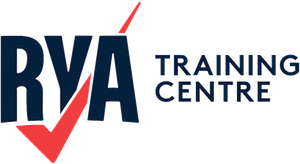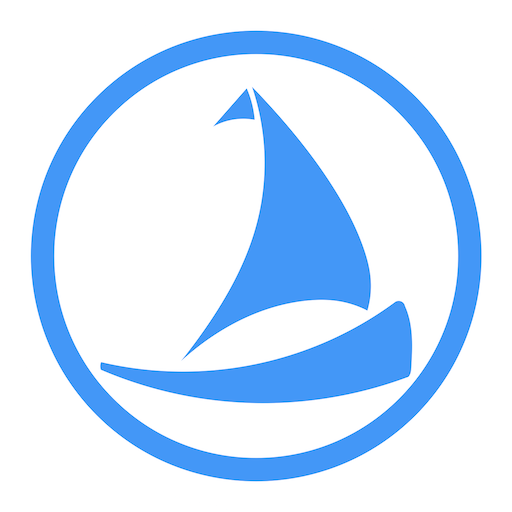Rudder
A rudder is a flat, movable surface attached to the stern of a boat or ship. It is used to steer the vessel by redirecting water flow.
The rudder is a critical component of a vessel’s steering system, typically located at the stern (rear) of the boat. It is usually a flat, vertical surface that pivots on a hinge or is attached to a post, allowing it to be turned to various angles. When the rudder is turned, it changes the direction of the water flow around the stern, which alters the vessel’s course. The rudder creates a difference in water pressure on either side of its surface when angled, causing the vessel to turn in the direction opposite to the rudder’s deflection. For example, if the rudder is turned to the right (starboard), the boat will turn to the left (port), and vice versa.
Rudders can vary in size, shape, and design depending on the type of vessel. On smaller boats, such as sailboats or motorboats, the rudder is often controlled directly by a tiller—a horizontal lever attached to the top of the rudder post. Larger vessels, such as ships, typically use a more complex steering system involving a wheel connected to the rudder via mechanical or hydraulic linkages.
In sailing vessels, the rudder works with the sails to control the boat’s direction. While the sails provide propulsion, the rudder allows the helmsman to steer the boat and maintain or change course. On motorised vessels, the rudder is often used with the propeller, which provides the forward thrust. The rudder’s effectiveness is directly related to the speed of the water moving past it—at higher speeds, the rudder has more influence on the vessel’s direction. In contrast, at very low speeds, its effect is diminished.
There are several types of rudders, including transom-hung rudders mounted on the back of the boat’s transom, and spade rudders free-standing and not connected to the keel. Some vessels, particularly older or more traditional designs, may have a rudder integrated with the keel, known as a full-keel rudder. Modern designs might feature balanced rudders, where part of the rudder’s surface area is forward of the pivot point, making it easier to turn.
In addition to its primary steering function, the rudder can also stabilise the vessel, especially in rough seas. By making small adjustments to the rudder angle, the helmsman can counteract the effects of waves and wind, helping to keep the boat on a steady course.
The rudder is an essential part of a vessel’s steering system.

